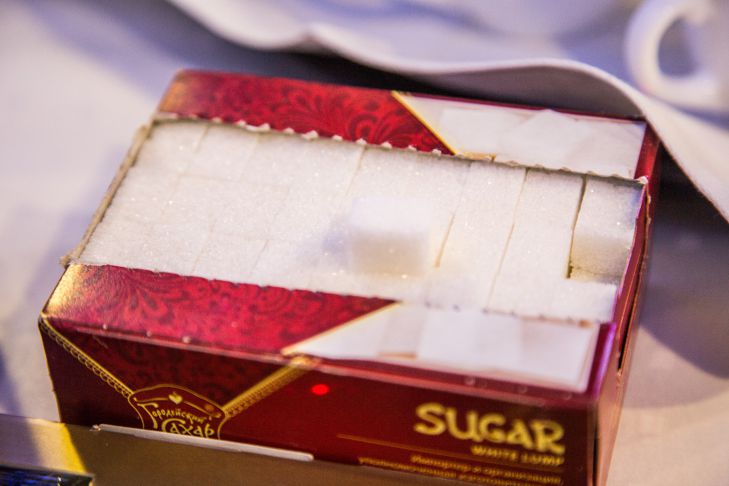White and brown sugar are divided into several types, each with its own differences. These differences are the result of sugar processing.
According to the Sugar Association, sugar is made by extracting sugar juice from sugar beets or sugar cane stalks.
The juice is then purified, filtered and crystallized into raw golden sugar. The golden sugar is then processed into its final form.

For granulated sugar, this means all the molasses is extracted. For brown sugar, the molasses is retained, creating a darker color, caramel flavor, and richer texture.
Can brown sugar be replaced with white sugar
Technically, you can substitute brown sugar for white sugar and vice versa in a 1 to 1 ratio, meaning that one tablespoon of white sugar can be substituted for one tablespoon of brown sugar without affecting the taste of the final product.
However, because brown sugar contains molasses and tends to melt, it will produce a final product that is firmer, with hints of caramel flavor.
Brown sugar is good for retaining moisture in baked goods, while granulated sugar will create a drier crumb and a crispier texture.
For this reason, when replacing white sugar with brown sugar, it may be helpful to increase the dry ingredients or decrease the wet ingredients to achieve the desired texture, but there is no standard formula for this, each recipe will require its own approach.
Or, if you are using brown sugar instead of white sugar, you can use slightly less brown sugar than the recipe calls for. To substitute brown sugar for white sugar, add a little molasses to the granulated sugar (one cup of granulated sugar to one tablespoon of molasses).
Types of white sugar
Granulated Sugar: Also known as table sugar, it is common in baking. When a recipe calls for "sugar," it usually refers to granulated sugar.
Caster Sugar: Ultra-fine sugar crystals, essential for delicate recipes.
Powdered Sugar: A by-product of crushed, sifted sugar, useful for making icings.
Types of Brown Sugar
Light Brown Sugar: Adds firm texture and caramel notes to baked goods and sauces.
Dark brown sugar: Contains more molasses than light brown sugar and is good for gingerbread.
Dark brown sugar can be substituted for light brown sugar, but the final product will have a deeper flavor and possibly a darker color.
Muscovado Sugar: Coarse crystals containing natural molasses make it a good choice for recipes calling for a deeper molasses flavor.
Turbinado Sugar: A type of raw cane sugar, Turbinado sugar has a mild flavor and a light brown color. It is ideal for adding a crispy top layer to baked goods.
Demerara Sugar: Like Turbinado sugar, Demerara sugar has a fairly large grain and is pale amber in color.
Like Turbinado, you can use it to create a sweet, crunchy topping on baked goods.
Is Brown Sugar Healthier Than White Sugar
The short answer is no, brown sugar is not healthier than white sugar. “The difference between white and brown sugar is negligible when it comes to nutrition,” is the opinion of nutritionists.
There is also no significant difference in calories between white and brown sugar. White sugar has 16 calories per teaspoon, while brown sugar has 15 calories per teaspoon. Both sugars will break down into glucose, which is the body's preferred source of energy.
In general, choose the sugar that will best suit your recipe, there is no difference in “healthiness”.
Earlier we wrote about what you need to drink in the morning to keep your skin clear.








